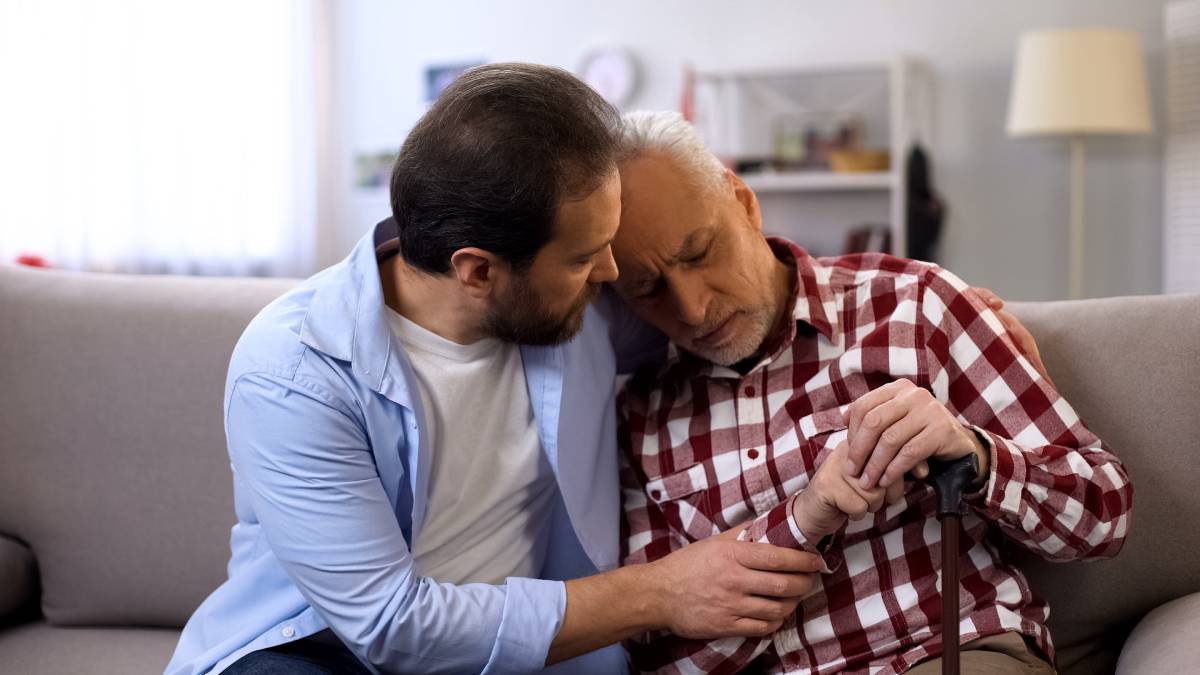Understanding The Advance Directive in Healthcare

Some patients, particularly those with terminal conditions or the elderly, will have an advance healthcare directive on file. An advance directive is a legal document that goes into effect if a person is incapacitated or otherwise unable to speak for themselves. These directives can cover a range of issues, but the most common ones provide orders on resuscitation, the use of life-prolonging measures, organ donation, and power of attorney [1].
The medical power of attorney, or durable power of attorney for healthcare, is an advance directive that elects a proxy to make healthcare decisions for a patient if that patient is unable to make decisions themself. However, this can lead to conflicts with medical staff when the proxy has differing wishes than the patient. In a commentary article in JAMA Oncology, Dr. Fisch notes that family members with medical power of attorney may lean toward more aggressive care measures out of a desire to prolong the life of the patient. Physicians must therefore consider the wishes of the patient, including other advance directives, when dealing with proxies [2].
Living wills encompass a variety of advance directive orders, including Do Not Resuscitate (DNR) orders, which inform healthcare personnel that a patient does not want cardiopulmonary resuscitation. “No Heroic Measures” orders include cardiopulmonary resuscitation, as well as additional measures that prolong a patient’s life but may cause irreparable harm. Organ donation is also included in living wills. While these directives have become more popular over the past two decades, a recent study by Hirschman et al. found that only 61% of older adults in long-term care had established an advance healthcare directive [3].
Because these directives are often formulated for emergency situations, they may need to be revised before a routine procedure. However, a 2013 study at the Mayo Clinic found that 18% of anesthesiologists believed a DNR should automatically be suspended intraoperatively [4]. This conflict can be avoided by addressing DNR orders during the preoperative consultation [5]. If patients choose to opt out of resuscitation procedures, anesthesiologists can work with patients to determine which procedures should fall under the DNR.
The COVID-19 pandemic has produced a new situation that may not be covered under existing advance directives. Many patients who are admitted to emergency rooms with symptoms of COVID-19 require intubation or ventilation. Many older patients in particular have begun to reconfigure their living wills to specify that they do not want to be intubated [6]. At the same time, many hospitals have set up airway response teams to deal with patients requiring intubation [7]. As the team of physicians treating a patient grow, it’s essential that advance directives remain available to all healthcare professionals involved with a patient.
Advance directives provide patients with autonomy and control over their decisions but can present roadblocks for medical professionals. Some of the more common advance directives were discussed above. However, there are a variety of directives that patients may request and significant variation within those directives.
References
[1] “Types of Advance Directives.” American Cancer Society, American Cancer Society, 13 May 2019, www.cancer.org/treatment/finding-and-paying-for-treatment/understanding-financial-and-legal-matters/advance-directives/types-of-advance-health-care-directives.html.
[2] Fisch, Michael J. “Advance Directives.” JAMA Oncology, vol. 1, no. 5, 2015, p. 609., doi:10.1001/jamaoncol.2015.2074.
[3] Hirschman, Karen B., et al. “What Factors Are Associated With Having an Advance Directive Among Older Adults Who Are New to Long Term Care Services?” Journal of the American Medical Directors Association, vol. 13, no. 1, 2012, doi:10.1016/j.jamda.2010.12.010.
[4] Sumrall, William D, et al. “Do Not Resuscitate, Anesthesia, and Perioperative Care: A Not So Clear Order.” The Ochsner Journal, The Academic Division of Ochsner Clinic Foundation, 2016, www.ncbi.nlm.nih.gov/pmc/articles/PMC4896664.
[5] Bastron, R. Dennis. “Ethical Concerns in Anesthetic Care for Patients with Do-Not-Resuscitate Orders.” Anesthesiology, vol. 85, no. 5, 1996, pp. 1190–1193., doi:10.1097/00000542-199611000-00029.
[6] Graham, Judith. “’No Intubation’: Seniors Fearful Of COVID-19 Are Changing Their Living Wills.” Kaiser Health News, Kaiser Family Foundation, 12 May 2020, khn.org/news/no-intubation-seniors-fearful-of-covid-19-are-changing-their-living-wills.
[7] C. Huang, Y. Wang, et al. “In-Hospital Airway Management of COVID-19 Patients.” Critical Care, BioMed Central, 1 Jan. 1970, ccforum.biomedcentral.com/articles/10.1186/s13054-020-03018-x.
